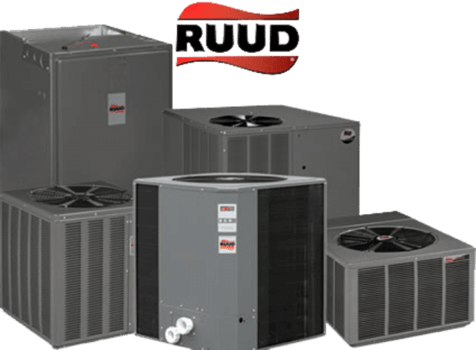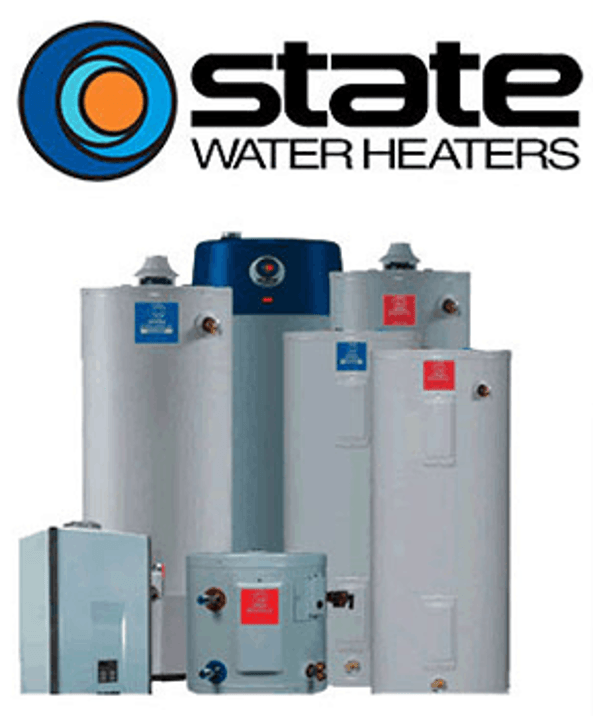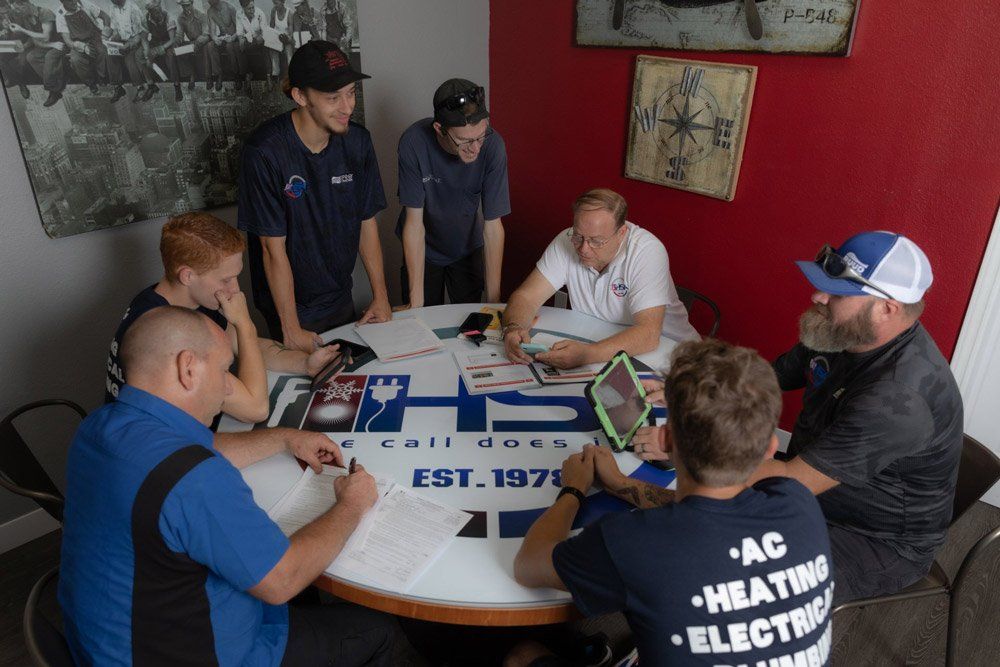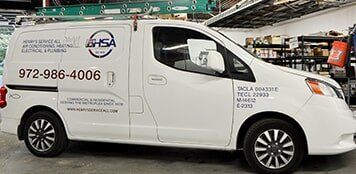13 Essential Components of a Heating System Checkup

Nobody enjoys having their heat fail in the middle of winter. Thankfully, having your HVAC
system looked over every fall or early winter can ensure problems are detected and dealt with
before they leave you shivering in a 40-degree home. But not all HVAC checkups are created
equal. A good HVAC checkup, like those completed by Henry's Service All, should include
these 13 components.
1. Inspect the Pilot Light or Ignitor
Most modern furnaces have an electric ignitor that starts the burner. Older models have a
standing pilot light that always stays lit. Whichever one your furnace has, your HVAC technician
will check it over to ensure it is working properly. Failing ignitors and pilot lights are one of the most common reasons why furnaces stop working, but luckily, problems with these components
are easy and inexpensive to fix.
2. Check the Safety Limits
Your furnace has a number of safety features for your own safety. For instance, the air pressure
switch blows extra combustion gasses out of the burn chamber so you don't get an explosion, and
a thermocouple shuts off the gas flow if the pilot light or ignitor fails. Your HVAC technician
should check over these safety features to ensure they are triggered when they should be.
3. Test the Gas Connection
A gas leak can be deadly. Natural gas that has accumulated in a home may explode when
exposed to the smallest spark, and inhaling the gas is not safe, either. Your HVAC technician
will make sure your gas lines are in good shape so they don't develop any leaks in the coming
months. If needed, they may work with your gas company to make repairs or replace
questionable pipes.
4. Check the Gas Valve Operation
If there is ever a gas leak, the ability to turn the gas valve off will be paramount. So your furnace
technician will try turning the gas valve and will apply lubrication, if needed, to ensure it opens
and closes easily.
5. Test the Thermostat
Many heating problems, such as short-cycling and a lack of heat, can be traced back to your
thermostat. Your HVAC contractor will ensure the wiring between your furnace and thermostat
is secure. They'll also check your thermostat batteries and change them if needed.
6. Inspect the Motor
Your furnace's blower has a motor that drives the fan that propels air through your home's ducts.
A failing motor will result in weak air flow, strange noises, or a complete lack of heat. But
before this stage, it will just cause your furnace to operate efficiently. So having your HVAC
contractor diagnose any motor problems early on will save you a bundle on energy.
7. Examine the Heat Exchanger
If the heat exchanger cracks, you may be subject to carbon monoxide leaks. Your HVAC
technician can easily detect cracks or damage before your family is put at risk.
8. Change the Air Filter
In most cases, you should change your HVAC filter every one to two months. You can skip the
month you have your HVAC system checked over since Henry's Service All will supply a new
one for you.
8. Change the Air Filter
In most cases, you should change your HVAC filter every one to two months. You can skip the
month you have your HVAC system checked over since Henry's Service All will supply a new
one for you.
9. Test for Carbon Monoxide
Carbon monoxide is a poisonous, odorless gas that might accumulate if your furnace is not
ventilated properly. It claims lives every year in the United States. Your HVAC technician
should check the air around your furnace for carbon monoxide while the system is running, and they will also make sure you have working and properly placed carbon monoxide detectors
throughout your home.
10. Test Smoke Detectors
The risk of fire is very minimal if your furnace is well-maintained, but there is always a small
chance. To keep your family safe, the HVAC company will make sure your smoke detectors
work. You should also remember to test your smoke detectors on your own each month and
change the batteries yearly.
11. Record Model and Serial Numbers
If something does go wrong with your furnace in the winter, your HVAC contractor will be able
to address the problem more easily if they have a record of your furnace model and serial
numbers. They will also need this information to submit to the furnace manufacturer if a repair
or part is under warranty.
12. Write Down Filter Size
Your HVAC contractor should also record the filter size your furnace demands. You can use this
for your records when you shop for filters, and your contractor can reference it when they come
back to service your furnace again next year.
13. Note the Overall Performance
A record of overall performance, as recorded once a year, allows your HVAC technician to
monitor how your system is working overtime. A drop in performance may indicate the need for
repairs or a tuneup. And when performance drops too low, it might be time to replace your
furnace completely.
By completing these 13 tasks, your furnace contractor makes sure your heating system is safe,
functional, and efficient. Contact ustoday if you still need to schedule your annual furnace
inspection.











